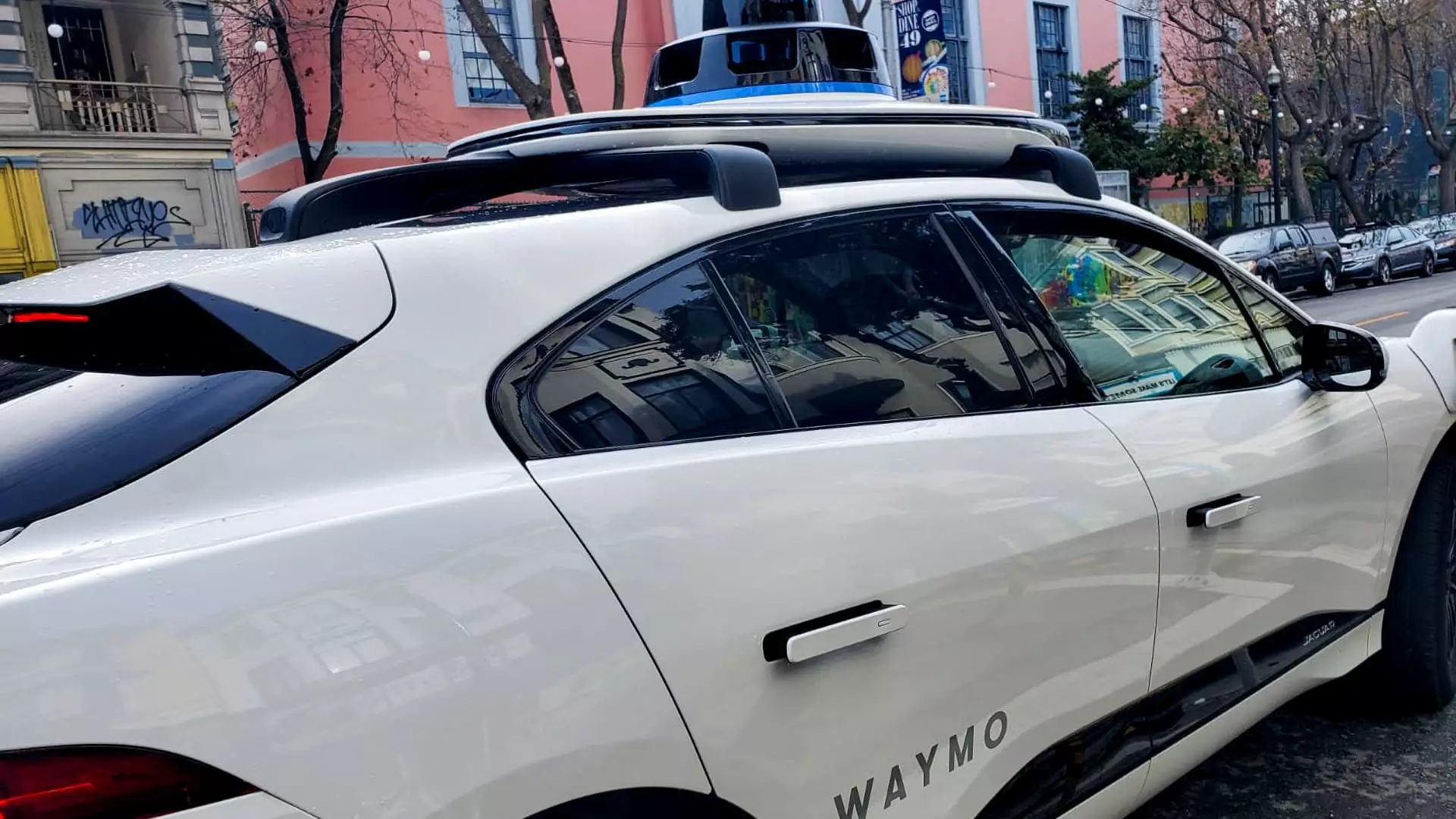Waymo, the autonomous driving subsidiary of Alphabet, has taken a definitive step towards expanding its footprint beyond the United States by announcing plans to test its self-driving technology in Tokyo, Japan, starting in early 2025. This decision marks a crucial development as Waymo seeks to establish its presence in foreign markets and navigate the complex terrain of autonomous vehicle regulation and acceptance. While the specifics of a commercial launch remain unclear, the partnership with Nihon Kotsu, Japan’s largest taxi operator, signals a serious commitment to introducing innovative transportation solutions in densely populated urban environments.
The collaboration with Nihon Kotsu and taxi app GO emphasizes the importance of local expertise in the successful deployment of autonomous vehicles. In the initial stages of this partnership, experienced taxi drivers will operate Waymo’s Jaguar I-PACE vehicles to meticulously map significant districts of Tokyo, including bustling neighborhoods such as Shibuya and Shinjuku. This human-guided process not only aids in familiarizing Waymo’s system with unique traffic patterns and pedestrian behaviors prevalent in Tokyo but also ensures that the company respects and adheres to local rules and customs. The data gathered from these manual drives will play an integral role in training Waymo’s artificial intelligence systems to become adept at navigating urban settings characterized by complex dynamics.
Waymo’s proactive strategy includes a dual approach to adaptation: deploying trials in actual city conditions as well as a closed course in the U.S. designed to replicate the driving environment of Japan. This multifaceted approach solidifies Waymo’s dedication to creating tailored AI solutions that can effectively operate in diverse driving conditions, especially in a left-hand traffic market like Japan. The company has clearly recognized the necessity of thorough preparation before launching a full-scale service, thus mitigating risks associated with technology deployment in a new geopolitical landscape.
In its statement, Waymo expressed a commitment to working closely with local stakeholders, including government officials and community organizations, to integrate their services into Tokyo’s vibrant transport ecosystem. This collaborative spirit reflects a growing recognition that successful implementation of autonomous technology transcends mere technical prowess and requires active participation, dialogue, and engagement with those who will be impacted by these innovations. The emphasis on learning from Tokyo residents showcases Waymo’s intent to develop solutions that cater to specific community needs while also reinforcing its credibility in a competitive space where public perception can significantly influence adoption rates.
Tokyo’s identification of specific areas as “test zones” for self-driving vehicles demonstrates the government’s forward-thinking stance on transportation technology, particularly as an answer to issues concerning its aging population. The necessity for efficient, safe, and innovative transport solutions presents an opportunity for Waymo and its competitors. Notably, local firms like Tier IV and ZMP, in addition to Toyota-affiliated Monet Technologies, are vying for a leadership role in transforming Japan’s transport landscape. Each player has unique strategies and technologies, highlighting a burgeoning ecosystem of autonomous driving efforts within Japan.
The global stage for autonomous vehicle technology is increasingly competitive. Just recently, General Motors made headlines by dissolving its Cruise robotaxi division, leaving a vacuum in what was previously one of Waymo’s most significant competitors. Meanwhile, Honda has expressed intentions to launch its driverless ride-hailing service in Japan by 2026, reflecting the ongoing titanic struggle for dominance in the industry.
Waymo’s entrance into the Japanese market represents more than just a business venture; it symbolizes the ongoing evolution of global transportation systems. By strategically collaborating with local partners, embracing community engagement, and adapting its technology to regional specifics, Waymo is positioning itself as a leader in the burgeoning field of autonomous driving. The convergence of technological capabilities and a commitment to understanding local contexts will likely play a critical role in how robotic taxis are perceived, adopted, and integrated into Japan’s transportation landscape moving forward. As the landscape for autonomous vehicles continues to evolve, Waymo’s actions in Tokyo will undoubtedly be scrutinized as a bellwether for future advancements in autonomous mobility worldwide.

